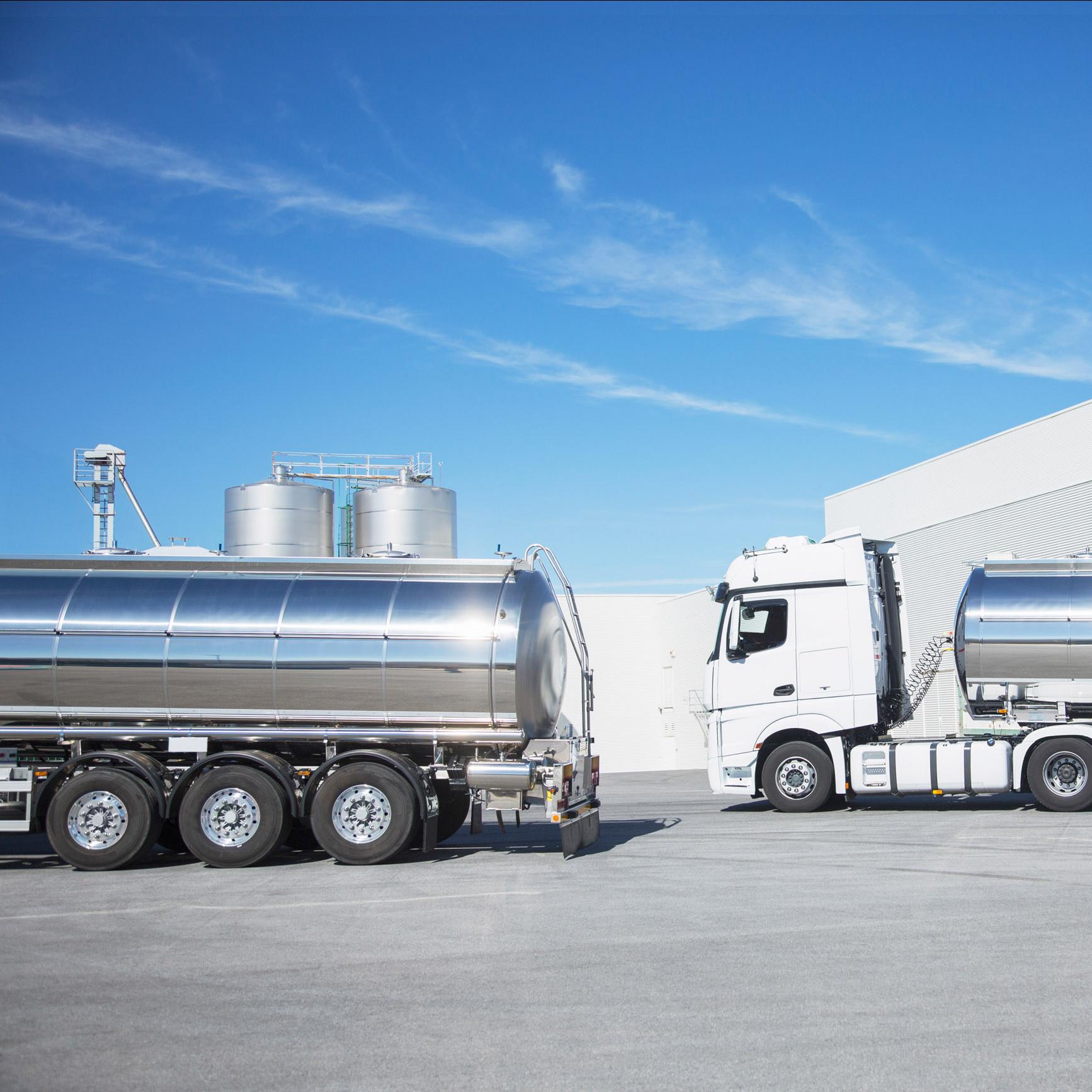Sustainability
The science of SAF: Reducing Carbon Emissions With Sustainable Aviation Fuel
In an era where climate change is a pressing concern, reducing carbon emissions has become a global imperative. The aviation industry is a significant contributor to greenhouse gas emissions, but with pressure from travellers, governments, and other stakeholders, the industry has also been actively seeking alternatives to traditional jet fuel.
Sustainable aviation fuel (SAF) has emerged as a promising solution, harnessing the power of science to reduce carbon emissions and mitigate climate change.
What is SAF?
Sustainable aviation fuel is derived from renewable feedstocks such as agriculture waste, animal fat waste, waste oils, forestry waste, and more. Unlike conventional jet fuel, SAF is produced through various advanced technologies, including ‘hydrodeoxygenation’ which converts biomass or waste materials into fuel that can be used in existing airplane engines without modification.
SAF offers considerable advantages over traditional jet fuel when it comes to reducing carbon emissions over the entire lifecycle. The benefits start from the very beginning: feedstocks used in SAF product absorb carbon dioxide during their growth! Not only is SAF more sustainable to generate, but it also emits significantly less carbon and harmful pollutants than traditional jet fuel. Based on the attributes of the feedstock used in its production, the use of SAF on an aircraft can, for example, reduce emissions associated with flying by 80%!
After flying less, SAF is the best solution to prevent new CO2e from entering the atmosphere.
Achieving carbon reduction results
One of the key benefits of SAF lies in its ability to help the aviation industry meet its ambitious carbon reduction targets. Airlines can integrate SAF directly into their operations without requiring significant changes to aircraft or infrastructure. The compatibility of SAF with existing engines allows for a seamless transition, enabling airlines to immediately reduce their carbon emissions. Many airlines have started incorporating SAF into their fuel blends, making progress toward their sustainability goals.
Despite the potential of SAF, challenges remain. One major obstacle is the limited availability and higher cost of sustainable aviation fuel compared to conventional jet fuel. To achieve widespread adoption of SAF and maximise this biofuel’s impact, scaling up production is crucial. Today, only 0.1% of global jet fuel is SAF. The current limited production makes SAF three to six times more expensive than fossil fuel, but investing in SAF increases use and accessibility, preventing a significant amount of CO2 from entering the atmosphere.
Many institutions are collaborating to support the development and deployment of sustainable aviation fuels on a larger scale. A widespread, concerted effort that includes governments, investors, industry stakeholders, and individual travelers is required to make SAF economically viable and ensure it’s long-term sustainability.
The future of travel is SAF
To make SAF more affordable and accessible, CHOOOSE offers businesses and travellers around the world the opportunity to address their carbon emissions by purchasing SAF, thus contributing to scaling the production of this frontier fuel.
The science behind sustainable aviation fuel provides hope for a greener aviation industry, offering a tangible solution to reduce carbon emissions. By utilising renewable feedstocks and advanced production technologies, SAF enables airlines to cut their carbon footprint at the source and contribute to global sustainability efforts.
As the world increasingly prioritises environmental responsibility, the adoption of SAF is set to play a crucial role in making aviation more sustainable.
For businesses interested in reducing the emissions of their corporate travel or compensating for other carbon emissions, learn more about the CHOOOSE Climate App for SAP Concur.
